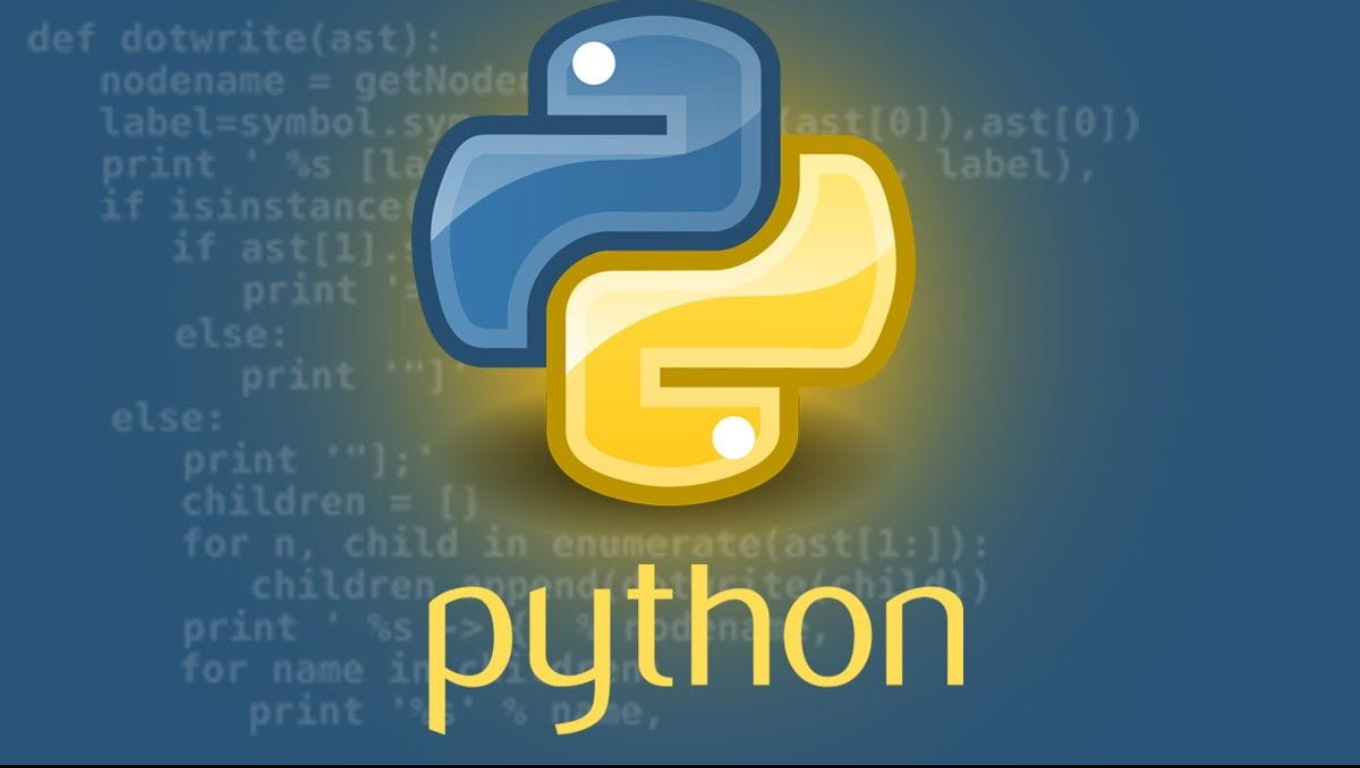Python is one of the most appealing languages of the recent times. Given its easy and highly productive, we will have a look at Top 15 reasons to love Python. Python and Lua are both great languages, but Python has a broader appeal and versatility, making it a go-to language for many developers across various fields. Here are the top 15 reasons to love Python over Lua:

1. Extensive Standard Library
- Python boasts a vast and comprehensive standard library that comes built-in with the language. It includes modules for everything from file handling, HTTP requests, and web scraping to mathematics, database connections, and more. Lua, in contrast, has a much smaller standard library, meaning developers often need to rely on third-party modules or build their own utilities.
2. Huge Ecosystem and Community Support
- Python has one of the largest ecosystems of libraries and frameworks. From data science (NumPy, Pandas) and web development (Django, Flask) to machine learning (TensorFlow, PyTorch), Python’s ecosystem supports virtually every domain of software development. Lua lacks this kind of expansive ecosystem, which limits its applicability for certain types of projects.
3. Versatile and General-Purpose
- While Lua excels in specific domains like game development, Python is a general-purpose language that can be used across a broad spectrum of applications: web development, automation, data science, artificial intelligence, backend development, scripting, desktop applications, and more. Python’s versatility makes it a preferred choice for both beginners and experts in multiple industries.

Afford the new style statement. Get the new Luxury. All New Apple iPhone 16 (128 GB) – Black ₹79,900
4. Readable and Beginner-Friendly Syntax
- Python’s syntax is designed to be clear, readable, and intuitive. It’s often recommended as the first language for programming beginners due to its simplicity and lack of boilerplate code. The language’s philosophy, encapsulated in the “Zen of Python,” promotes readability and simplicity, which helps developers write clean, maintainable code. Lua, while elegant, can sometimes be more abstract, especially with metatables and coroutines.
5. Strong Data Science and Machine Learning Support
- Python is the dominant language in the fields of data science, machine learning, and artificial intelligence. Libraries like NumPy, Pandas, scikit-learn, TensorFlow, Keras, and PyTorch make it the go-to language for researchers and engineers working with large datasets and complex models. Lua does not have equivalent libraries, limiting its use in these growing fields.
6. Object-Oriented Programming (OOP) Support
- Python provides robust and built-in support for object-oriented programming (OOP), with well-defined classes, inheritance, polymorphism, and encapsulation. This makes it easier to write complex and large-scale applications. Lua, while flexible, requires more manual effort to implement OOP-like structures using tables and metatables, which can be harder to grasp for developers coming from traditional OOP languages.
7. Cross-Platform Development
- Python runs on virtually all platforms—Windows, macOS, Linux, and even smaller environments like Raspberry Pi. Its portability ensures that Python scripts run seamlessly across different operating systems without major adjustments. While Lua is portable as well, Python’s popularity in various environments means there are more resources, documentation, and community support for cross-platform development.
8. Web Development Powerhouses
- Python is home to powerful web frameworks like Django, Flask, and FastAPI, which are used by major companies to build scalable, secure, and performant web applications. Python has a rich set of tools for working with web technologies (e.g., requests, BeautifulSoup). Lua, while capable, is not widely used in web development, and there are few comparable frameworks in Lua’s ecosystem.

9. Vibrant Developer Community and Documentation
- Python has an active, global developer community, which provides comprehensive documentation, tutorials, and forums. This makes it easy to find help when encountering a problem or looking for resources. Python’s documentation is praised for being well-organized and beginner-friendly, something Lua’s smaller community can’t always match.
10. Broad Industry Adoption
- Python is used by major tech giants, startups, academic institutions, and government agencies alike. Companies like Google, Facebook, Netflix, Dropbox, and Spotify rely heavily on Python for various aspects of their infrastructure, from backend services to machine learning models. Lua, while popular in the game industry and some embedded systems, does not have the same level of adoption across such a wide array of industries.
11. Extensive Tooling and IDE Support
- Python is widely supported by a vast range of Integrated Development Environments (IDEs) like PyCharm, VS Code, Sublime Text, and Jupyter Notebooks. These environments provide features like debugging, linting, autocompletion, and easy package management, improving developer productivity. Lua’s IDE support, while available, is not as feature-rich or mainstream as Python’s.
12. Strong Support for Functional Programming
- Python supports functional programming paradigms, providing tools like lambda functions, map, filter, and reduce, as well as immutable data structures. It combines the best of both procedural and functional programming, giving developers flexibility in how they approach problems. While Lua also allows functional programming, Python’s built-in support and community emphasis make it easier to apply functional techniques.
13. Package Management with pip
- Python’s package manager, pip, makes it incredibly easy to install, manage, and update external libraries and dependencies. The Python Package Index (PyPI) contains over 400,000 packages for everything from web scraping to scientific computing. Lua has a package manager called LuaRocks, but it’s smaller in scale and doesn’t offer the same level of convenience or breadth of available libraries.
14. Testing and Debugging Ecosystem
- Python has extensive support for testing with libraries like unittest, pytest, and nose. Debugging tools, such as pdb, pylint, and flake8, provide robust mechanisms for code quality assurance and error checking. While Lua has its own testing tools, Python’s ecosystem is far more developed, with many options to suit different testing needs.
15. Data Handling and Analysis
- Python’s strong presence in data manipulation and analysis is largely due to libraries like Pandas and NumPy, which provide powerful tools for handling, cleaning, and transforming large datasets. Python’s ability to handle large datasets efficiently has made it the language of choice for data analysts and scientists. Lua, although fast and lightweight, lacks similar data-centric libraries, making it less suitable for tasks involving large-scale data processing.
Summary
While Lua is lightweight and excels in areas like game development and embedded systems, Python’s rich ecosystem, readability, and versatility make it a better choice for general-purpose programming, data science, machine learning, web development, and more. The extensive community support, vast library availability, and its cross-domain capabilities make Python the go-to language for professionals across a wide range of industries.
Curated Reads





